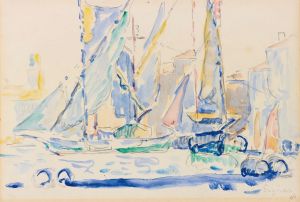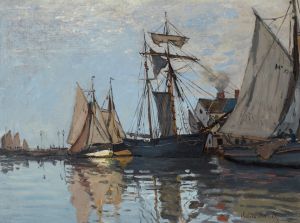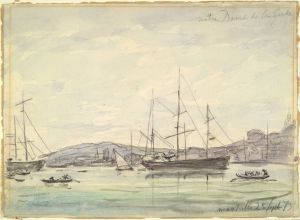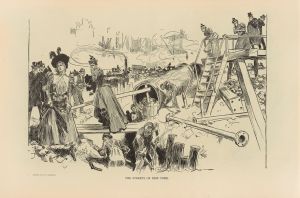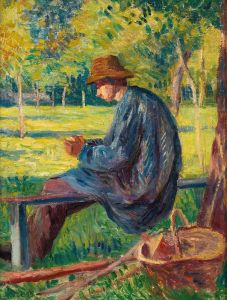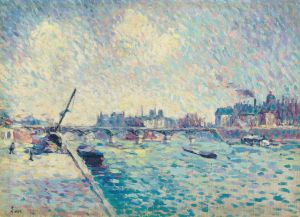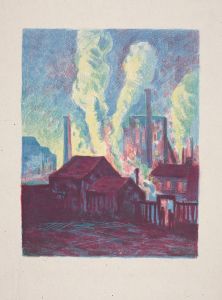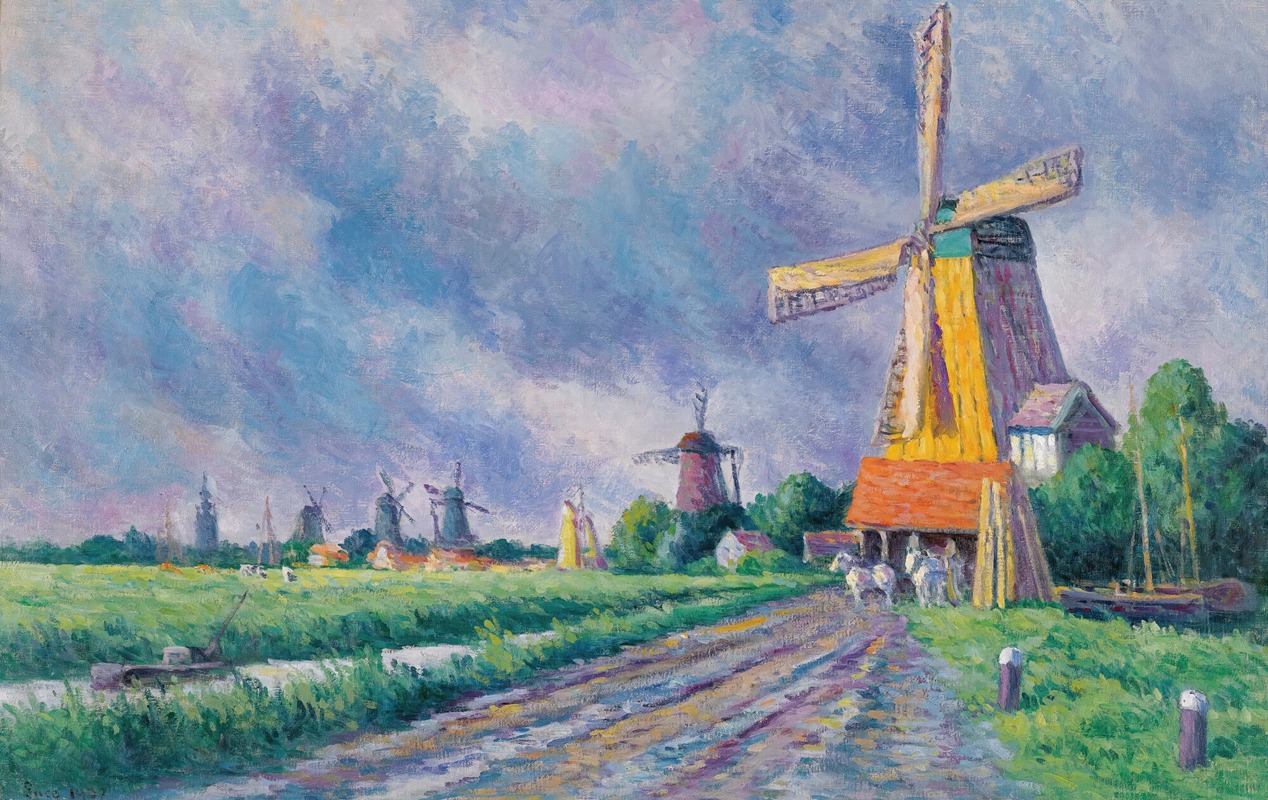
Environs De Rotterdam
A hand-painted replica of Maximilien Luce’s masterpiece Environs De Rotterdam, meticulously crafted by professional artists to capture the true essence of the original. Each piece is created with museum-quality canvas and rare mineral pigments, carefully painted by experienced artists with delicate brushstrokes and rich, layered colors to perfectly recreate the texture of the original artwork. Unlike machine-printed reproductions, this hand-painted version brings the painting to life, infused with the artist’s emotions and skill in every stroke. Whether for personal collection or home decoration, it instantly elevates the artistic atmosphere of any space.
Maximilien Luce was a French Neo-Impressionist artist known for his contributions to the Pointillist movement, which was characterized by the use of small, distinct dots of color applied in patterns to form an image. Born in Paris in 1858, Luce initially trained as an engraver before turning to painting. He became associated with the Neo-Impressionists, a group that included Georges Seurat and Paul Signac, who were interested in the scientific study of color and light.
"Environs De Rotterdam" is one of Luce's works that reflects his interest in capturing the effects of light and atmosphere. The painting depicts the surroundings of Rotterdam, a major port city in the Netherlands. Although specific details about the painting's creation and its current location are not widely documented, it is known that Luce often traveled and painted scenes from various European locales, capturing the essence of the places he visited through his distinctive style.
Luce's technique in "Environs De Rotterdam" would likely involve the use of Pointillism, a method he adopted after being influenced by Seurat. This technique involves applying small, dot-like strokes of pure color to the canvas, which blend in the viewer's eye to create the desired hues and effects. This method was rooted in contemporary color theory and aimed to achieve greater luminosity and vibrancy than traditional methods.
The subject matter of "Environs De Rotterdam" aligns with Luce's broader oeuvre, which frequently included urban and industrial scenes. His works often depicted the life and landscapes of the working class, reflecting his own political beliefs and sympathies with anarchist movements. Luce was known for his ability to convey the dynamism and energy of modern life, and his paintings often capture the interplay between natural and artificial light.
Luce's work, including "Environs De Rotterdam," is significant for its contribution to the development of modern art. By embracing and advancing the techniques of Neo-Impressionism, Luce helped to pave the way for future explorations of color and form. His paintings are celebrated for their technical precision and their ability to evoke mood and atmosphere.
While "Environs De Rotterdam" may not be as widely recognized as some of Luce's other works, it remains an important example of his artistic approach and his commitment to capturing the world around him with both scientific rigor and emotional depth. Today, Luce's paintings are held in various collections around the world, and his legacy continues to be studied and appreciated by art historians and enthusiasts alike.






